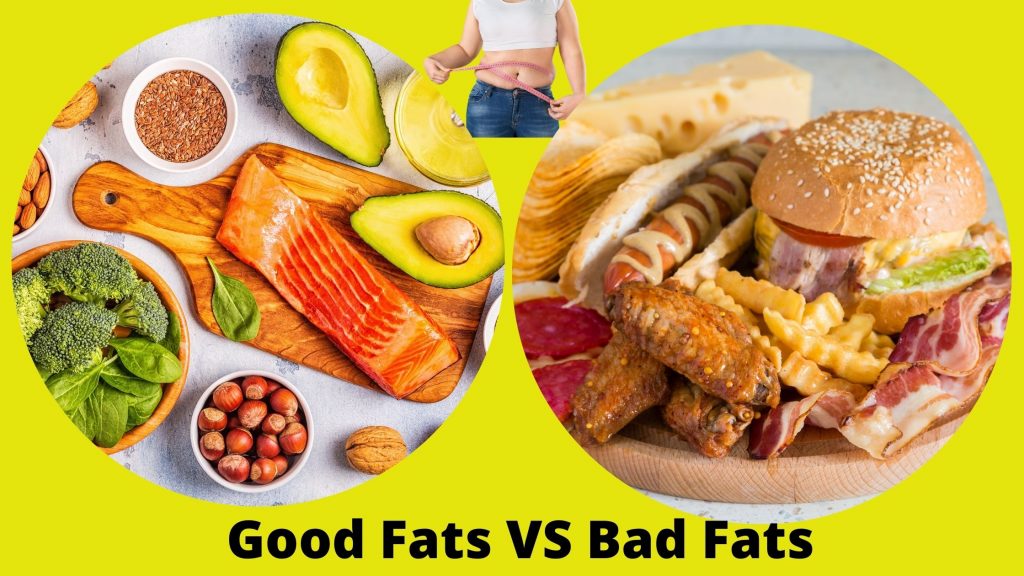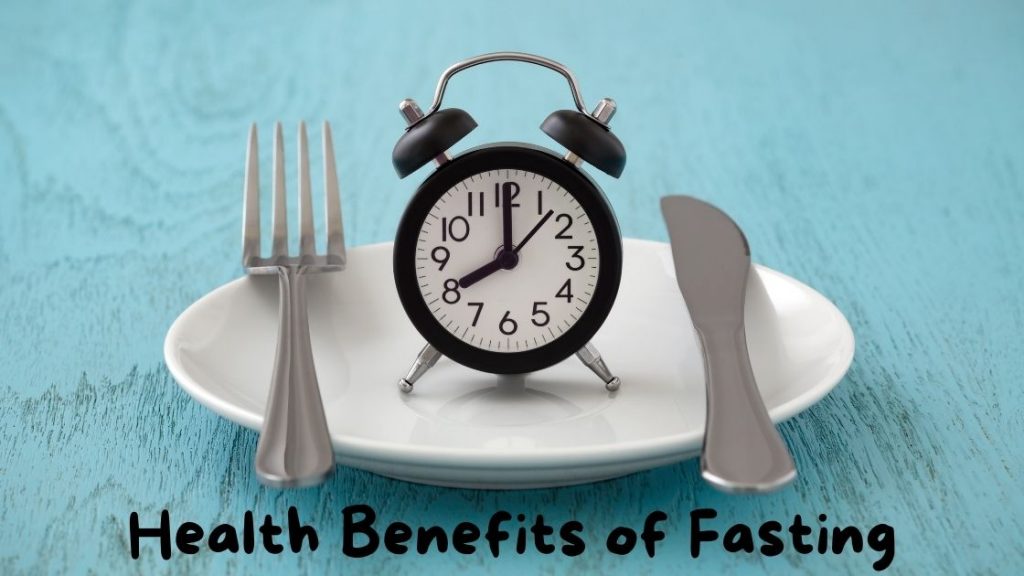Good Fats Vs Bad Fats: Understanding how fats work in your body and ensures you make the right choices when it comes to your health.
Every time you look into the mirror, you might be wondering why people out there are having a lovely summer body with complete confidence while you are still struggling with your recent-up-sized t-shirt.
You might even be wondering, are you going to be like them one day? Is there any chance for you to change? Of course, there is.
However, the summer body doesn’t come with ease. Many works their butt off to attain their dream body.
Do You Know Fat Facts?
So, what exactly is fat? Fat is made up of building blocks called fatty acids, and these are classified as saturated, monounsaturated or polyunsaturated depending on their chemical structure.
Fat is essential to human life. We all need fat in our diets. For years, nutritionists and doctors have preached that a low-fat diet is a key to losing weight and preventing health problems.
However, not all fat is the same. Our body requires small amounts of ‘good fat’ to function and help prevent disease.
However, most of the ‘modern’ food contains a lot more fat than the body needs.
Too much fat, especially too much of the wrong type of fat, could be detrimental to our health, causing severe health problems such as higher blood pressure and cholesterol levels, obesity, which in turn lead to a greater risk of heart disease.
So, it is significant to know what types of fat should, we be cutting back on.
Fats in themselves are not harmful; it’s the high-fat diet typical of many countries that can cause problems.
Dietary fat is the body’s most concentrated energy source, supplying more than twice as many calories per gram (9) as carbohydrates.
Most of the fats in food are triglycerides, combinations of three fatty acids, and glycerol (oily alcohol); besides, animal foods contain small amounts of a fat-like substance called cholesterol.
Triglycerides are broken down in the small intestine into glycerol and fatty acids. As fatty acids are absorbed from the intestine via the lymphatic system into the bloodstream, they facilitate the absorption of the fat- soluble vitamins A, D, E, and K. besides, fatty acids from certain polyunsaturated fats are required for the growth and maintenance of body tissues and other vital functions.
Besides its nutritional importance, fat enhances the texture and flavour of foods and creates a pleasant feeling of fullness.
In Other words, people like fat and tend to eat too much of it, To maintain good health. However, you need only about 1 tablespoon of polyunsaturated fat a day, and you don’t need any saturated or monounsaturated fat.
Unfortunately, most people consume much more than a tablespoon of fat a day, a habit that can have serious health consequences.
Protein, carbohydrates, and fat can be converted into body fat, which is simply the form in which the body stores excess energy.
But since dietary fat is such a concentrated source of energy, it is potentially the most fattening of all the macronutrients. Dietary fat has also been implicated in
two of our deadliest diseases: cancer and heart disease.
Diets high in total fat have been linked With an increased risk of colon, rectum, breast, or prostate cancer. In contrast, diets high in saturated fat are associated with high levels of blood
cholesterol, clogged arteries, and coronary heart disease.
Good Fats VS Bad Fats
We are continually being told that “Fats are bad”, and many will spend lots of time and money to rid their diet of fat altogether.
The truth is, we need fats. Fats help in nerve transmission, nutrient absorption, maintaining cell 6 membrane integrity etc. Said, fat is necessary for you to lose weight. However, when consumed in excess amount, it can increase your risk for several health threats. The key is to replace bad fats with good fats in our diet.
Good fats
Good fat is sometimes called unsaturated fat. The types of potentially helpful dietary fat are mostly unsaturated. Unsaturated fat comes in two types: –
- Monounsaturated.
- Polyunsaturated.
Monounsaturated fats
Monounsaturated fatty acids are found in olive and rapeseed oils; they are also said to lower cholesterol levels.
Most foods contain all three types of fat but in varying amounts. Only saturated fats and dietary cholesterol raise blood cholesterol. A high level of cholesterol in the blood is a significant risk factor for coronary heart disease, which leads to a heart attack.
This is a type of fat found in a variety of food and oils. You can get it from
- Nuts including almonds, peanuts, cashew, macadamia, walnuts and pistachios
- Avocado
- Canola
- Olive oil
The most well-documented benefit of consuming monounsaturated fats is the potential for keeping your heart healthy. It improves blood cholesterol levels, which can decrease your risk of heart disease.
Research also shows that these fatty acids may benefit insulin levels and blood sugar control, which can be especially helpful if you have type-2 diabetes.
Not just that, studies have also found that switching to monounsaturated fat from diets rich with trans fats and polyunsaturated fats results in significant weight loss.
Yes, both consume the SAME amount of fats in their diet but end up with DIFFERENT results! The key here is the type of fats you are consuming daily.
Polyunsaturated fats
Polyunsaturated are found in vegetable oils such as sunflower, safflower, corn, and soya bean Oils; are also found in some fish oils and some nuts, and are said to help lower cholesterol levels.
There are two types of polyunsaturated fat:
Omega-3
Omega-6.
These are also known as essential fatty acids. Our body can’t produce essential fatty acids on its own, so we need to get them from food.
Omega- 3
Omega-3 is a type of polyunsaturated fat. You can get it from
- Legumes
- Soy food
- Tuna, salmon and mackerel
- Green leafy vegetables
- Walnuts, other nuts and flaxseed Babies can also get omega-3 from breastmilk.
It promotes brain health during pregnancy and early life.
Omega-3 helps a baby’s brain and eye development in the womb and during the first six months of life. It has a significant impact on children’s learning and behaviour.
As for adults, omega-3 can be good for rheumatoid arthritis, pain relief, morning stiffness and inflammation. It can also protect adults from heart disease.
Omega-6
Omega-6 is a type of polyunsaturated fat. You can get it from
- Vegetable oils like sunflower
- Evening primrose oil
- Peanut
- Canola
- Cereals.
Omega 6 plays an essential role in cell growth and is thus necessary for brain and muscle development. The omega-6 arachidonic acid (AA) is, for this very reason, added to most infant formulas.
Both brain development and muscle development are critical for infants. The growth benefits of omega 6 also explain the great interest that bodybuilders and top athletes have in omega 6 consumption.
Omega-6, particularly gamma-linolenic acid (GLA), is linked to increased bone density and reduced bone loss, and it helps promote hair growth and supports skin health. Omega-6 has an anti-inflammatory effect on our skin, soothing irritated skin.
Bad Fats
There are two main types of potentially harmful dietary fat:-
- Saturated Fat
- Trans Fat
Saturated fat
Saturated fats come mainly from animal products(milk, butter, cheese, and meat) and, in excess, are thought to contribute to raising cholesterol levels.
What are saturated fatty acids?
Saturated fats are usually solid at room temperature, and they’re more stable – that is, they don’t combine readily with oxygen. Saturated fatty acids have all the hydrogen the carbon atoms can hold. Saturated fat is the main dietary factor in raising blood cholesterol. The primary sources Of saturated fat are foods from animals and some plants.
You get saturated fat from
- Animal products such as meat fat
- Full-fat dairy products such as butter and cream
- Palm and coconut oil in processed food such as biscuits, chips & slices Saturated fat has no known health benefits.
A high intake of disadvantageous saturated and trans fats can lead to elevated low-density lipoprotein, or LDL, cholesterol levels, which may increase your risk of developing heart disease. These fats may also contribute to obesity, diabetes and cancer.
Trans fat
Trans fat is also called trans-fatty acids.
There are two types of trans fats found in foods:-
Naturally-occurring trans fats:- Naturally-occurring trans fats are produced in the gut of some animals, and foods made from these animals (e.g., milk and meat products) may contain small quantities of these fats.
Artificial trans fats:- Artificial trans fats are created in an industrial process that adds hydrogen to liquid vegetable oils to make them more solid.
Trans fat is sometimes used in.
- commercially made cakes and biscuits
- Takeaway food
- Energy bars
- Ready-made meals
- Snack food like chips
Impact Of Health Benefits
Trans fats can increase harmful low-density-lipoprotein cholesterol while decreasing good high-density-lipoprotein cholesterol.
In turn, this can increase your risk of cardiovascular disease. Furthermore, it has been associated with the development of type-2 diabetes, according to the U.S. National Library of Medicine
The body can use all three types of fats, but doctors recommend that an average person should limit total fat intake (saturated, monounsaturated, polyunsaturated) to no more than 30 percent Of total calories.
Saturated fat intake should be limited to 7-10 percent of total calories each day.
Polyunsaturated fat calories should be up to 10 percent of total calories.
Monounsaturated fat intake should be up to 15 percent of total calories.



